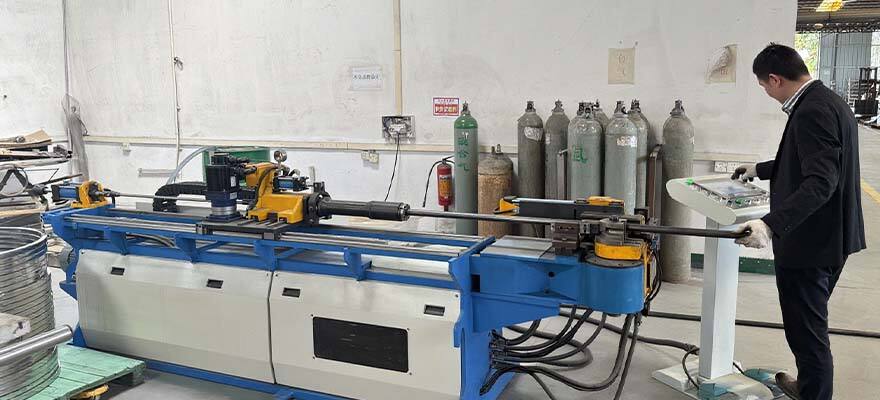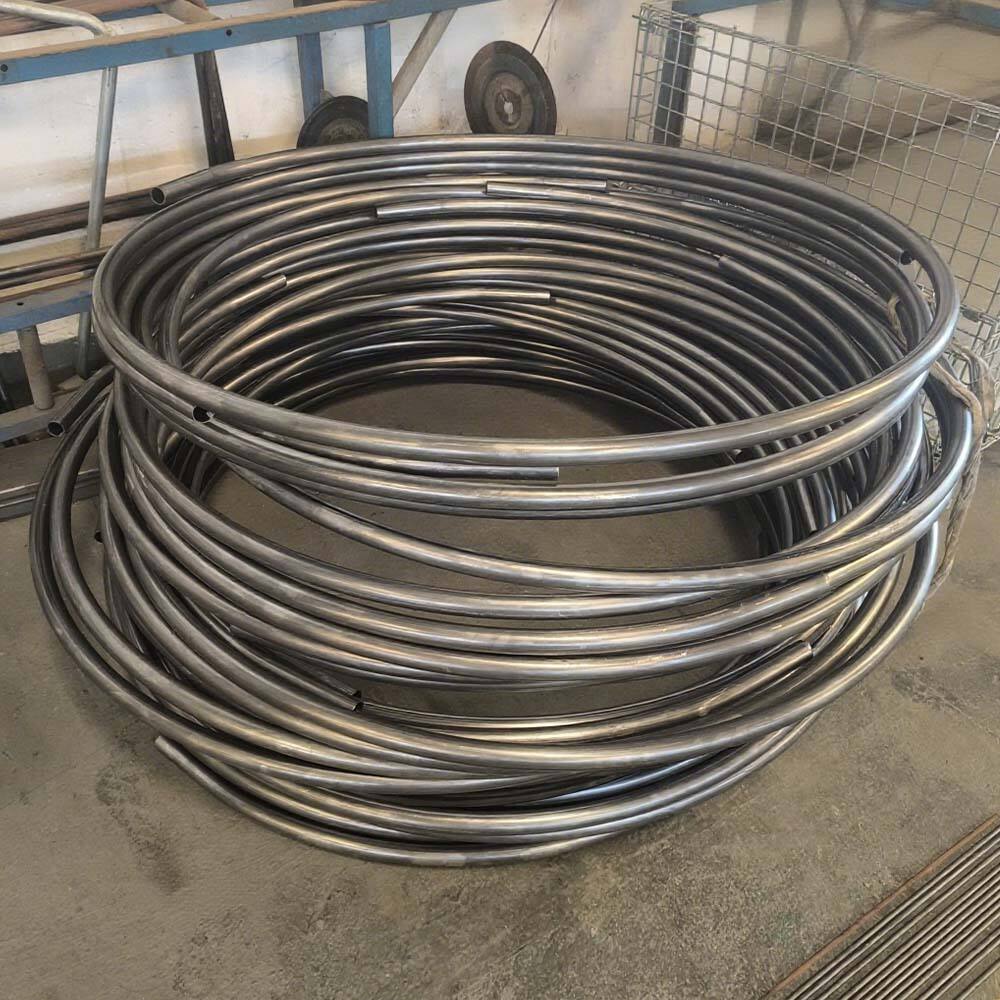Tube bending processes are commonly used in the forming of tubular sheet metal parts during custom sheet metal processing, and they are mainly divided into two methods: cold bending and hot bending.
Cold bending involves bending pipes at room temperature. It offers advantages such as high efficiency, low cost, and no oxide layer on the pipe surface. This method is suitable for pipes with relatively soft materials and large bending radii, such as aluminum alloy pipes and copper pipes.
Hot bending, on the other hand, requires heating the pipe to a specific temperature before bending. This process can reduce the stress generated when the pipe is bent and prevent the occurrence of cracks. It is applicable to pipes with harder materials, small bending radii, or complex shapes, such as thick-walled stainless steel pipes.
In actual customization, the appropriate pipe bending method should be selected based on the pipe material, thickness, and the application scenario of the product. Our company provides both cold bending and hot bending services, equipped with professional pipe bending equipment to ensure that the bent pipes meet the required precision standards and have stable performance.



